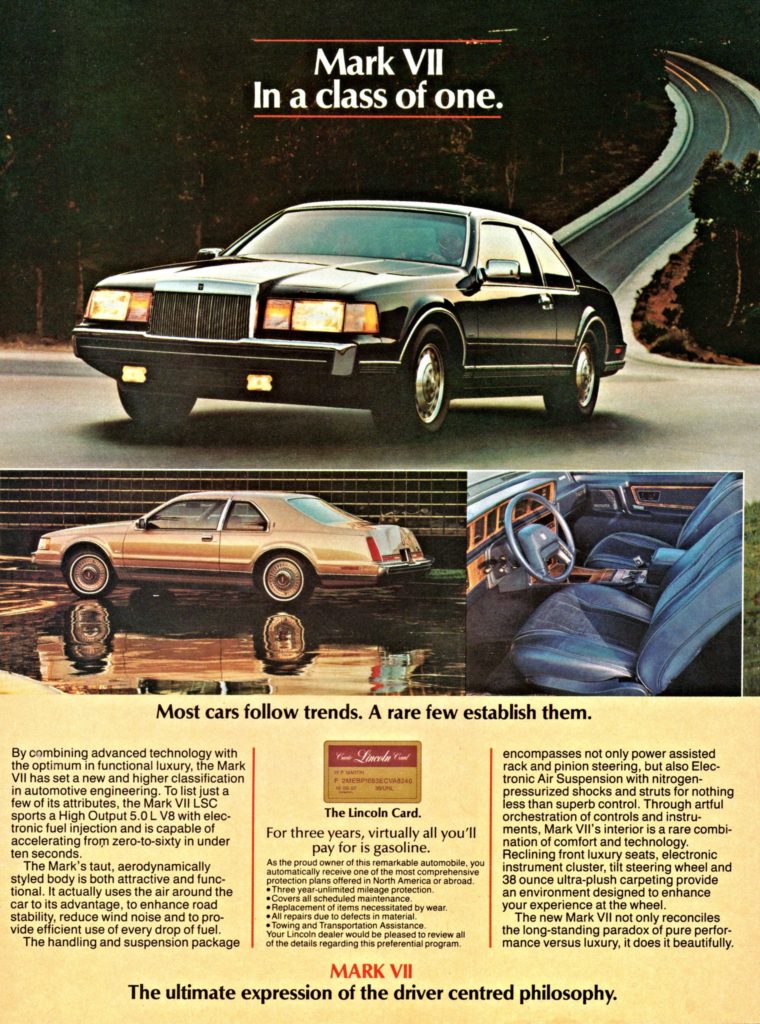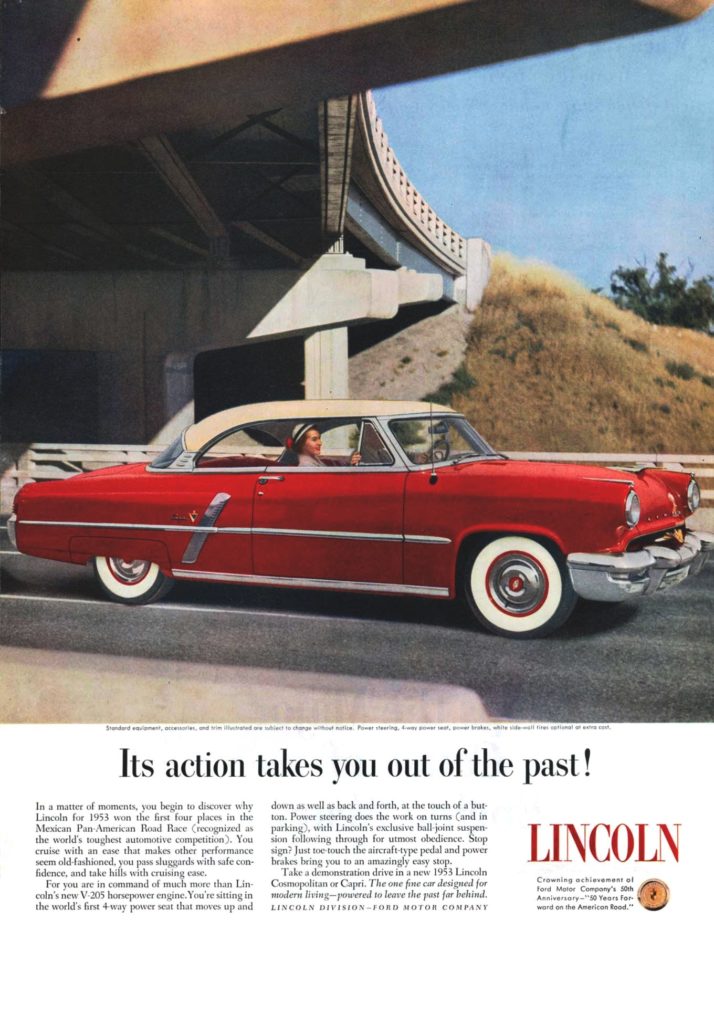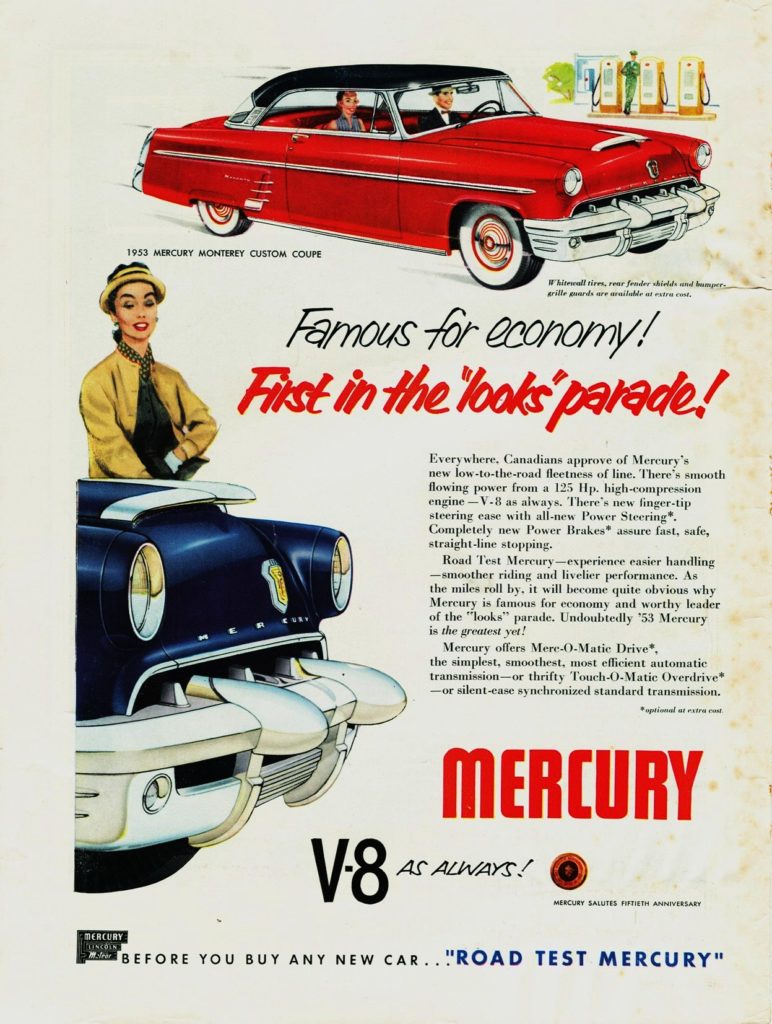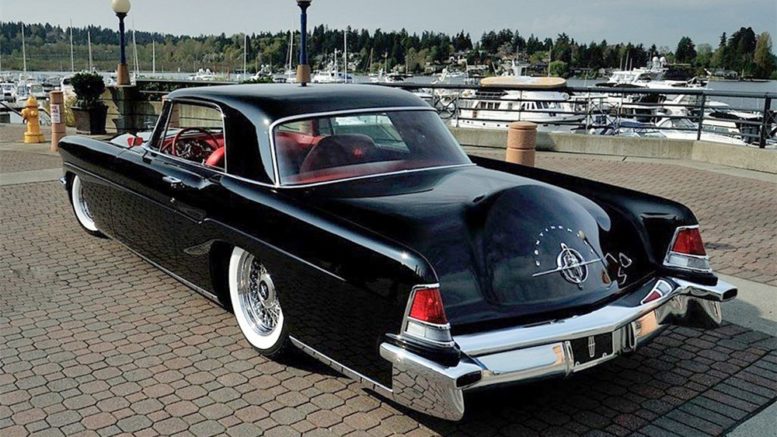Q: Hello Greg and I would like to know if there was ever a Lincoln Continental built that came with a BMW Diesel engine as an option? Also, your thoughts on Lincoln over the years are welcome, especially in their battle with Cadillac for American built luxury car sales. Thanks much, Ron L., Daytona Beach, Fla.
A: Ron, there was a Lincoln Continental built in 1984 and 1985 that offered a BMW built 2.4-liter, turbocharged 149 cubic-inch inline-6 diesel engine as an option. It produced 115-horsepower and was available only these two years in both 2-door Mark VII and 4-door sedan trim.

Less than 2,000 of these “BMW Lincoln” Continentals were ever built as sales were poor.
I remember I received a letter from an owner of one of these BMW Diesel Lincolns back around 2007. For info, I contacted a Lincoln expert in Philadelphia by the name of Jack Cohen, he then the Chairman of the Board of the Lincoln Mark VII Club that is still active to this day. Visit www.thelincolnmarkVIIclub.org.
Cohen quickly recalled these Continentals with the BMW diesel as an option. The option became available in mid-1984 and did not sell well as Cohen recalled that very few Mark VIIs were sold through 1985 and that the turbo diesel Continentals were about 400 to 500 pounds heavier than the 302-V8 counterparts. In ending, Cohen also noted that he had only seen about three or four Lincoln diesels at car shows and was doubtful many survived. All came with a four speed automatic transmissions.

As for my memories of Lincoln, some facts to ponder include the fact that both Lincoln and Cadillac cars were initially designed by the same person, namely Henry Leland.
Leland brought Cadillac to market back in 1902 and then sold the marquee to William Durant’s growing General Motors Company in 1909. Leland then put all his efforts toward the World War I campaign building Liberty Aircraft Engines at his now Lincoln Motor Company, established in 1917.
After his successful war effort, Leland and his son Wilfred returned to the auto manufacturing business at the Lincoln Motor Company. Things went well initially, but the Lelands ran into financial problems and in 1922 sold the Lincoln brand to Henry Ford. Still aimed at the upper class consumer, the first Lincoln that Leland designed in 1920 survived until its next generation upgrade, which took place in 1931. Historically, Lincoln always competed with Cadillac in the luxury class, with Cadillac usually selling more cars.

Reasons I feel Lincolns didn’t sell as well as Cadillacs were what I call a “similarity problem” with Mercury later in its timeline. Although the 1952 and 1953 Lincolns were the first models to replace the Ford Flathead V8 with a new overhead valve Y-block V8, and two full years ahead of the Ford models Y-block intro, they looked very comparable to the Mercury offerings those same years. Other than this engine upgrade, Lincoln’s were just too similar in all other manners to Mercury and sales were far behind Cadillac, which always looked independent to its Olds-Pontiac-Chevrolet-Buick General Motors family of cars. The accompanying 1953 Lincoln Capri advertisement clearly shows the Lincoln as nearly identical to the 1953 Mercury (ad also attached), sans a front grille and rear taillight upgrade and the new V8.
However, Lincoln finally figured out its “likeness problem” and developed totally different designs beginning in 1955 to compete better with Cadillac as a true, exclusive, luxury vehicle. When I look back at Lincoln during my lifetime, I will give credit for outstanding models like the 1956 Continental Mark II, although at that time Continental was a separate Ford standalone company and not yet a Lincoln brand. Continental then became an official Lincoln brand in the 1958-1959 years and other notable designs include the suicide door Continentals that appeared in 1961 and also those mammoth 1958 to 1960 Lincolns. None of these cars looked like Mercurys of the same years and were truly different vehicles.
Although Cadillac is still ahead of Lincoln in the overall sales war, Lincoln didn’t always take a back seat to Cadillac. The 1980 to 2011 Town Car many times outsold the largest of Cadillacs, and is considered perhaps the biggest success overall in full-size sales comparisons. Matter of fact, in 1992 the big Town Car accounted for over 70-percent of Lincoln sales while the mid-size front-drive Continental sales suffered.
I always liked the 1969 Mark III to 1978 Mark V two-door Lincolns that went head-to-head with the Cadillac Eldorado. These short deck and long hood Lincolns were very popular, although the Versailles built from 1977 to 1980 to battle midsize Cadillac Seville was not a success.
Fast forward to 2020 and Lincoln is one of two Ford brands left as Mercury ceased production in 2011. I very much like the current Lincoln offerings, especially the Nautilus. This division has upped the ante when it comes to luxury offerings and I expect Lincoln to do very well in the future.
Thanks for your letter Ron and I hope you enjoyed my Lincoln journal.
(Greg Zyla is a syndicated auto columnist who welcomes reader comments and questions on collector cars, motorsports and auto nostalgia at 303 Roosevelt St., Sayre, Pa. 18840 or email at greg@gregzyla.com.)



Be the first to comment on "Collector Car Corner – Lincoln history includes a Continental Mark VII with a BMW Diesel engine "